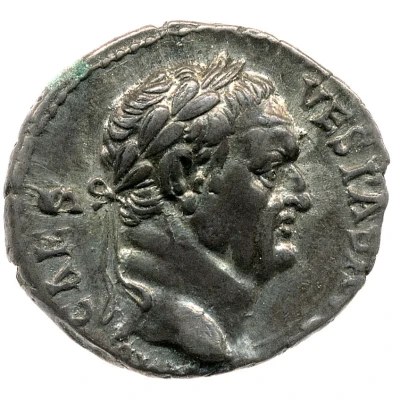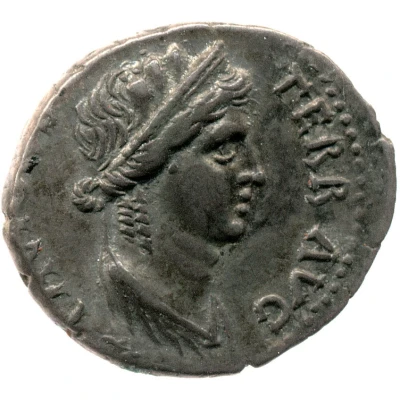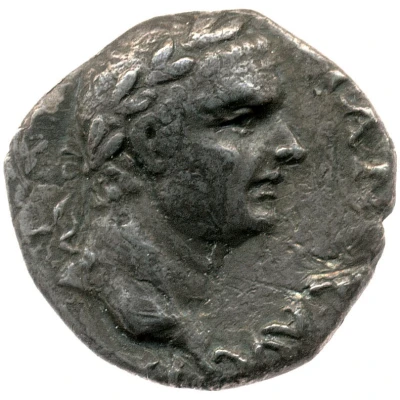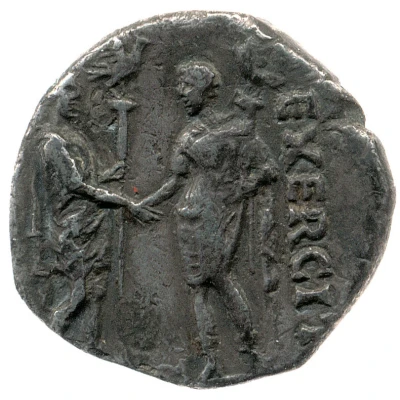![Denarius - Vespasian (EXSERCI[TVS] MOESIC[VS]; Mars) (69-71) front](/storage/images/Denarius-Vespasian-EXSERCITVS-MOESICVS-Mars_250259_1.webp)
![Denarius - Vespasian (EXSERCI[TVS] MOESIC[VS]; Mars) (69-71) back](/storage/images/Denarius-Vespasian-EXSERCITVS-MOESICVS-Mars_250259_2.webp)
![Denarius - Vespasian (EXSERCI[TVS] MOESIC[VS]; Mars) (69-71) photo](/storage/images/Denarius-Vespasian-EXSERCITVS-MOESICVS-Mars_250259_1.webp)
© Trustees of the British Museum
Denarius - Vespasian EXSERCI[TVS] MOESIC[VS]; Mars
| Silver | 3.2 g | - |
| Issuer | Rome › Roman Empire (27 BC - 395 AD) |
|---|---|
| Emperor | Vespasian (Titus Flavius Vespasianus) (69-79) |
| Type | Standard circulation coin |
| Years | 69-71 |
| Value | 1 Denarius |
| Currency | Denarius, Reform of Augustus (27 BC – AD 215) |
| Composition | Silver |
| Weight | 3.2 g |
| Shape | Round (irregular) |
| Technique | Hammered |
| Demonetized | Yes |
| Updated | 2024-10-05 |
| Numista | N#250259 |
|---|---|
| Rarity index | 100% |
Reverse
Mars standing front, holding spear and trophy.
Script: Latin
Lettering: EXSERCI[TVS] MOESIC[VS]
Translation:
Exercitus Moesicus.
The army of Moesia.
Comment
Source: Online Coins of the Roman Empire (OCRE)Interesting fact
One interesting fact about this coin is that it features a depiction of Mars, the Roman god of war, on the reverse side, which was a common motif on Roman coins during the reign of Vespasian. This suggests that the coin was minted during a time of military conflict or expansion, and that the Roman Empire was seeking to emphasize its military prowess and power.



